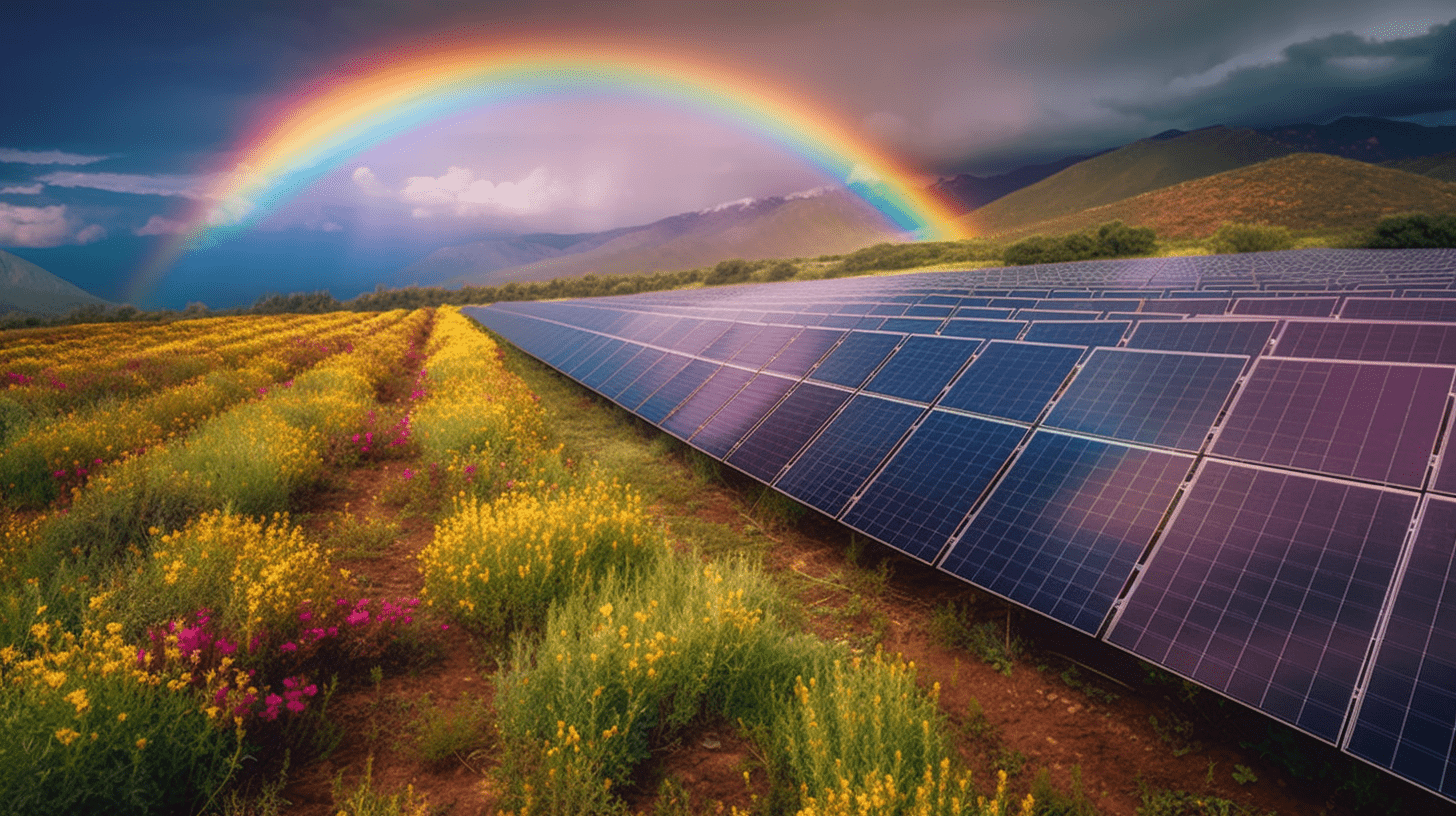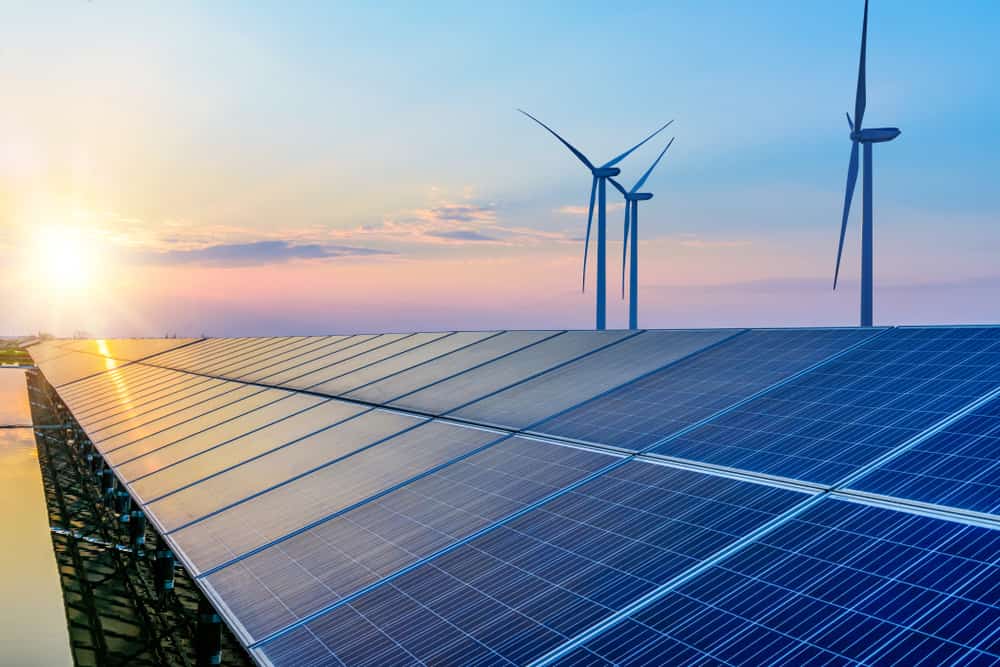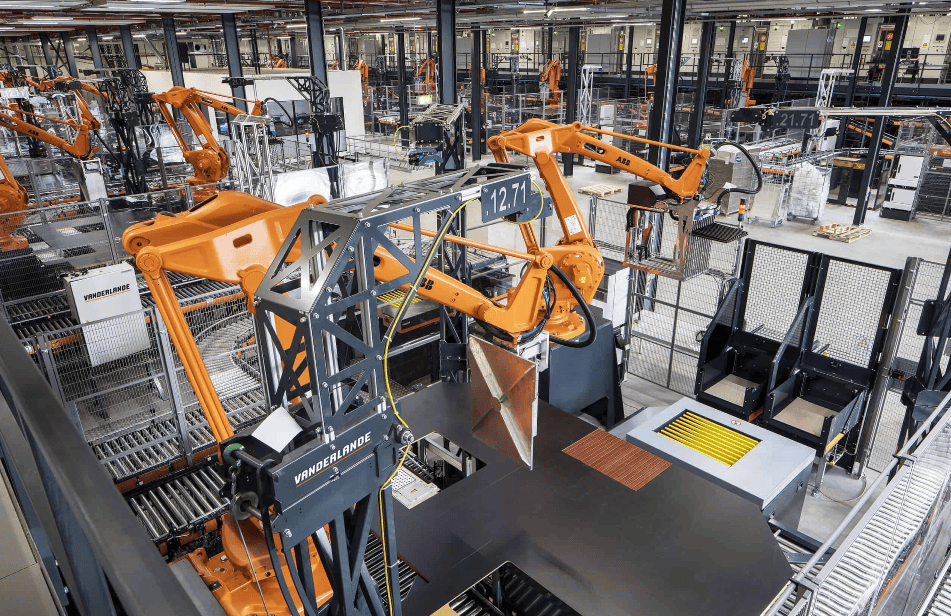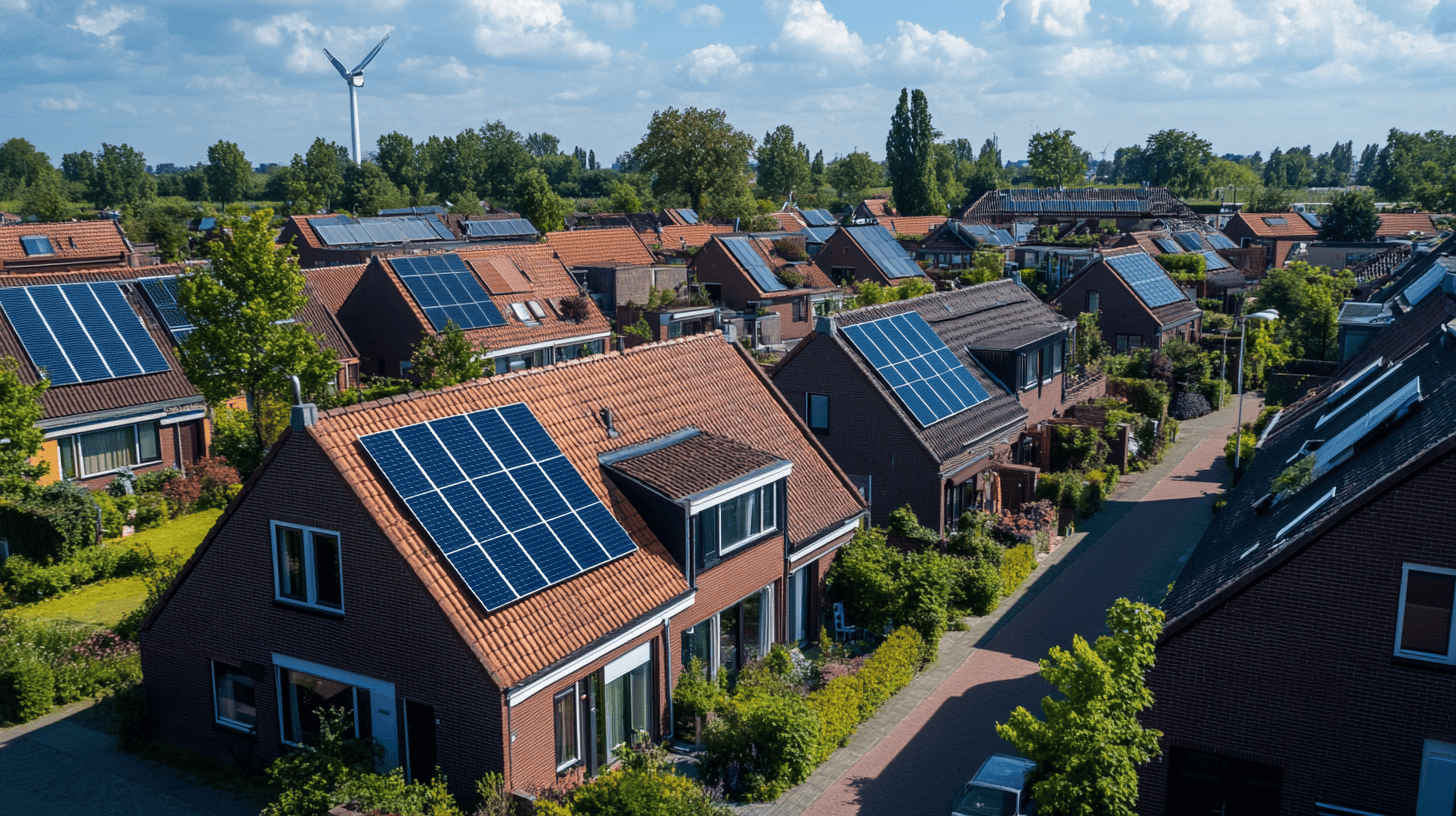
Solar energy is the cheapest and most accessible form of energy. Now, it will be more efficient than ever. Scientists from a Chinese solar technology company have developed a new type of solar cell that could be a game-changer in the world’s transition toward renewable energy. Advanced modeling, performed by researchers at TU Delft, played a pivotal role in deep understanding and engineering of the innovation. The new solar cell is made of the same material as 95% of all current solar cells but performs much better at 26.81% efficiency. The innovation further cements the crucial role of solar cells in the energy transition. Research results are published in Nature Energy.

Key to improvement
The report on this breakthrough results from a unique international collaboration between LONGi Green Energy Technology Co., Ltd, – one of the global leading producers of solar cells of the highest quality – together with Sun Yat-Sen University (SYSU) and Delft University of Technology (TU Delft). The team optimized the design of the solar cell by using a much improved “nanocrystalline-silicon hole contact layer”. Such a new layer has been a theoretical possibility for quite some time, but it was never successfully implemented.
Absolute leap forward
The new layer can transfer electricity with far less resistance, resulting in higher power conversion efficiency than any other type of solar cell made from crystalline silicon. Researchers at LONGi developed this new technology on standard, industry-grade silicon wafers, making the technology almost immediately applicable in producing solar panels. A cell’s improved performance is significant compared to previous technologies, demonstrating an absolute leap forward in conversion efficiency of 1.5%. “This tops the performance of all other crystalline silicon solar cell architectures to date, which accounts for more than 95% of solar cells produced worldwide”, says Xixiang Xu, vice president of LONGi Central R&D Institute.
Beyond surface passivation
Scientists at SYSU were instrumental in analyzing and studying the exact flow of electricity through the new layers. The team looked at cells with those layers compared to those without. They found that the cells with the new layers conducted electricity better because they had a low activation energy if they were positioned just right. They revealed that the bulk Auger process would gradually dominate as surface recombination recedes in highly passivated silicon heterojunction solar cells. In other words, the achieved quality of the surface passivation is so high that fill factor and power conversion efficiency can be propelled forward.
“The study on silicon hole contact layers with low activation energy is very timely and significant; our work represents a great advance in exploring the electrical performance of hole contacts, beneficial for heterojunctions, hybrids, and all silicon-based solar cells”, says Pingqi Gao, professor at SYSU. Demonstrating this solar cell architecture significantly accelerates the energy transition by deploying more efficient photovoltaic modules.
Unwavering faith in physics semiconductors
Advanced modeling, performed by researchers at TU Delft, played a pivotal role in realizing the innovation. With new models, the team was able to detail the energy barriers across the interfaces forming the rear junction of the LONGi solar cell. In this way, the collection path of holes across the interfaces could be analyzed, explaining the outstanding performance of the device. “It is great to witness in real and large area devices what we theoretically predicted to be the best combination of material properties for hole-contact layers to achieve ideal hole transport in this type of cells”, says Paul Procel, a postdoctoral researcher at TU Delft. “The mastery achieved by LONGi of ultra-thin layers deposition with fine control of their optoelectrical properties is stunning. Modeling their solar cells pushes the boundary of what we mean with ideal crystalline silicon devices”, adds Olindo Isabella, professor at TU Delft.








